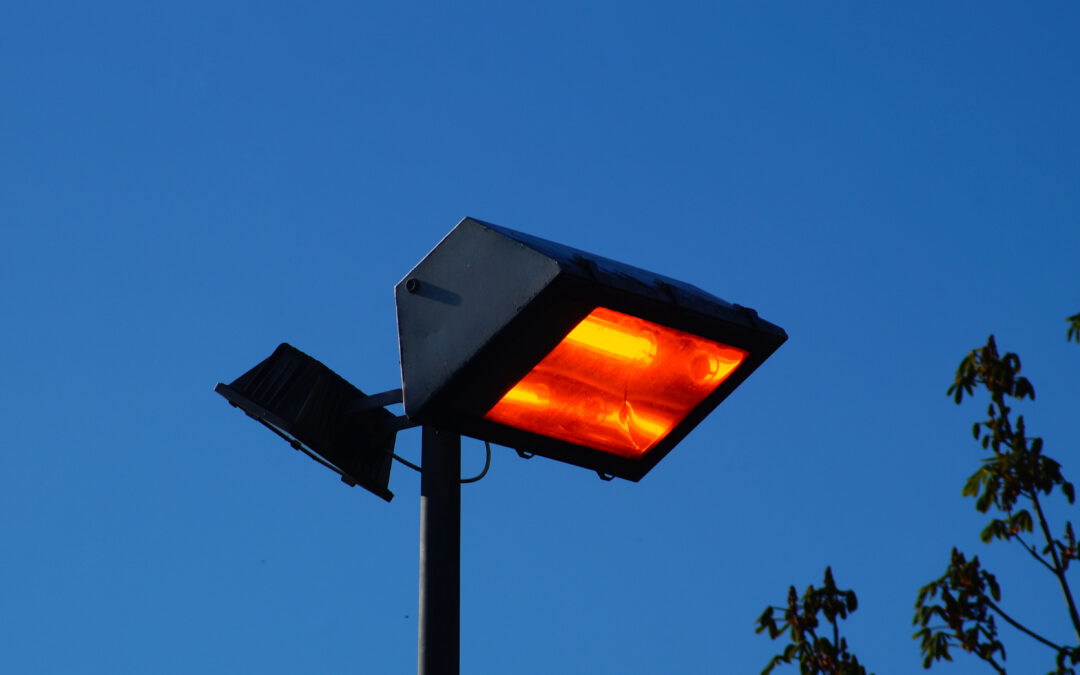The oil and gas industry is widely recognized for its hazardous work environments, with the potential for flammable gases, vapors, and dust to accumulate within operational areas. These hazards pose a significant threat to the safety of workers and the efficiency of work processes, making it crucial to employ measures that minimize the risk of fires and explosions. One such measure involves the use of explosion proof lighting, which is specifically designed to prevent ignition in hazardous environments. In this article, we will discuss the importance and benefits of using explosion proof lighting in the oil and gas industry, the various types of explosion proof lighting available, and how Tiger Safety Rentals can support your operations with comprehensive, tailored lighting solutions.
Explosion proof lighting is vital in hazardous locations where the presence of flammable substances can create ignition risks. By using explosion proof lighting fixtures, the risk of sparking or overheating is minimized, ensuring that workers can perform their tasks safely and efficiently in potentially dangerous areas. These fixtures are specifically designed and certified to operate in hazardous environments, providing robust performance and durability to withstand the challenges of the oil and gas industry.
At Tiger Safety Rentals, we understand that providing a safe working environment is paramount for oil and gas companies. We offer a wide range of explosion proof lighting rentals, designed to meet the unique needs of your onshore or offshore projects. Working with us, you can ensure the safety of your workers while maintaining compliance with industry regulations, allowing you to focus on your core business objectives.
Understanding Explosion Proof Lighting Standards and Certifications
To ensure the safety and compatibility of explosion proof lighting fixtures within hazardous work environments, it is critical to adhere to industry standards and certifications. In the United States, National Electrical Code (NEC) classes, divisions, and groups organize hazardous locations based on the characteristics of the flammable materials present. Additionally, organizations such as Underwriters Laboratories (UL) provide certification for explosion proof lighting fixtures that meet specific standards. By using certified lighting equipment, oil and gas companies can ensure compliance with regulations, ensuring worker safety and mitigating risk.
Types of Explosion Proof Lighting Fixtures for the Oil and Gas Industry
Explosion proof lighting fixtures come in various forms to meet the diverse needs of the oil and gas industry. Selecting the appropriate type of lighting fixture involves considering factors such as the work environment, visibility requirements, and installation methods. Some common types of explosion proof lighting fixtures include:
1. Floodlights: These high-intensity fixtures disperse light over broad areas, making them ideal for illuminating large workspaces, such as drilling platforms or storage areas.
2. Linear Fixtures: Designed to provide continuous and uniform light along extended spaces, linear fixtures are suitable for illuminating walkways, tunnels, and corridors.
3. Portable Work Lights: For temporary or remote work areas, portable explosion proof lights provide convenient and flexible lighting options.
4. Emergency and Exit Lights: These fixtures ensure safe egress by providing clear and visible directional guidance during emergencies or power outages.
Maximizing Lighting Efficiency and Sustainability in Hazardous Environments
In addition to ensuring safety, explosion proof lighting solutions can also contribute to energy efficiency and sustainability within oil and gas operations. Modern explosion proof lighting fixtures often incorporate energy-saving technologies, such as light-emitting diodes (LEDs) and advanced controls. Implementing these energy-efficient solutions can result in reduced energy consumption, lower maintenance requirements, and a lower environmental impact. Additionally, LED fixtures offer a longer lifespan compared to traditional lighting sources, further contributing to cost savings and efficiency.
How Tiger Safety Rentals Can Support Your Explosion Proof Lighting Needs
Tiger Safety Rentals specializes in providing tailored explosion proof lighting solutions to meet the unique requirements and challenges of the oil and gas industry. We offer several benefits that make us the ideal partner for your explosion proof lighting needs:
1. Comprehensive Selection of Lighting Solutions: Our inventory includes a wide range of explosion proof lighting fixtures, ensuring that you can find the right solution to meet your project requirements.
2. Expert Consultation and Support: Our knowledgeable team of industry professionals can help guide you in selecting the most appropriate explosion proof lighting fixtures for your application, maximizing both safety and operational efficiency.
3. Flexible Rental Options: At Tiger Safety Rentals, we understand that the oil and gas industry often requires dynamic project timelines and budgets. Our flexible rental options allow you to access the equipment you need when you need it, ensuring cost-effective and efficient implementation.
4. Commitment to Quality and Safety: We prioritize providing high-quality, reliable explosion proof lighting fixtures designed to meet the stringent safety requirements within the oil and gas industry.
Conclusion
Explosion proof lighting is a fundamental component of maintaining worker safety and ensuring operational efficiency within the oil and gas industry. By using certified and energy-efficient lighting fixtures tailored to your specific needs, you can mitigate the risks associated with hazardous environments while minimizing your environmental impact. Partner with Tiger Safety Rentals to access a comprehensive range of explosion proof lighting solutions, backed by industry expertise and flexible rental options. Contact us today to learn more about how our explosion proof lighting rentals can support the success and safety of your oil and gas operations.

